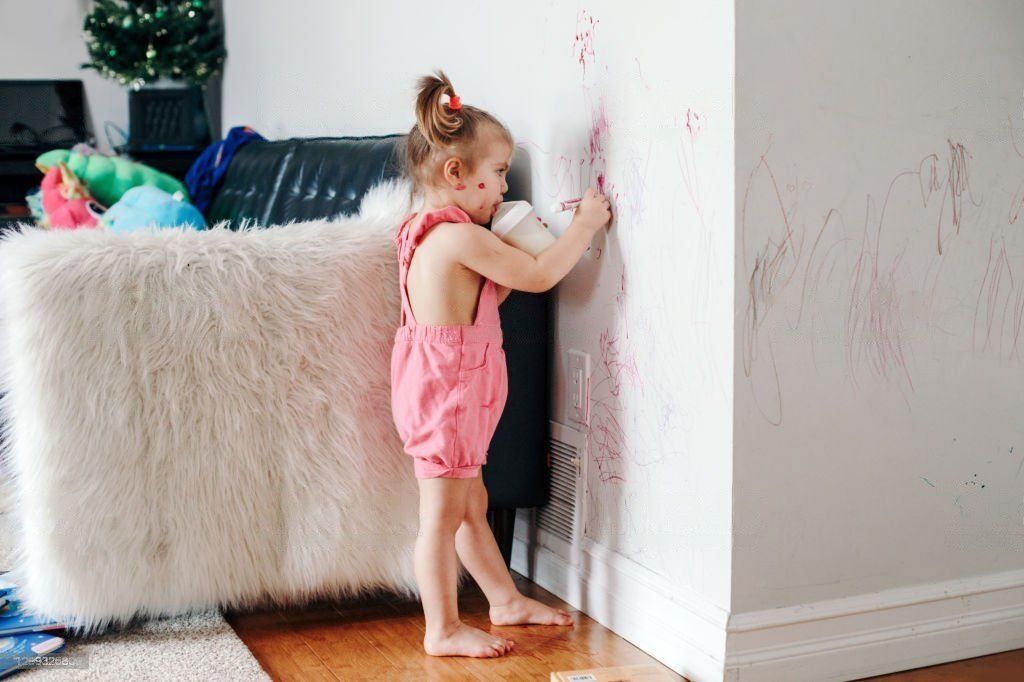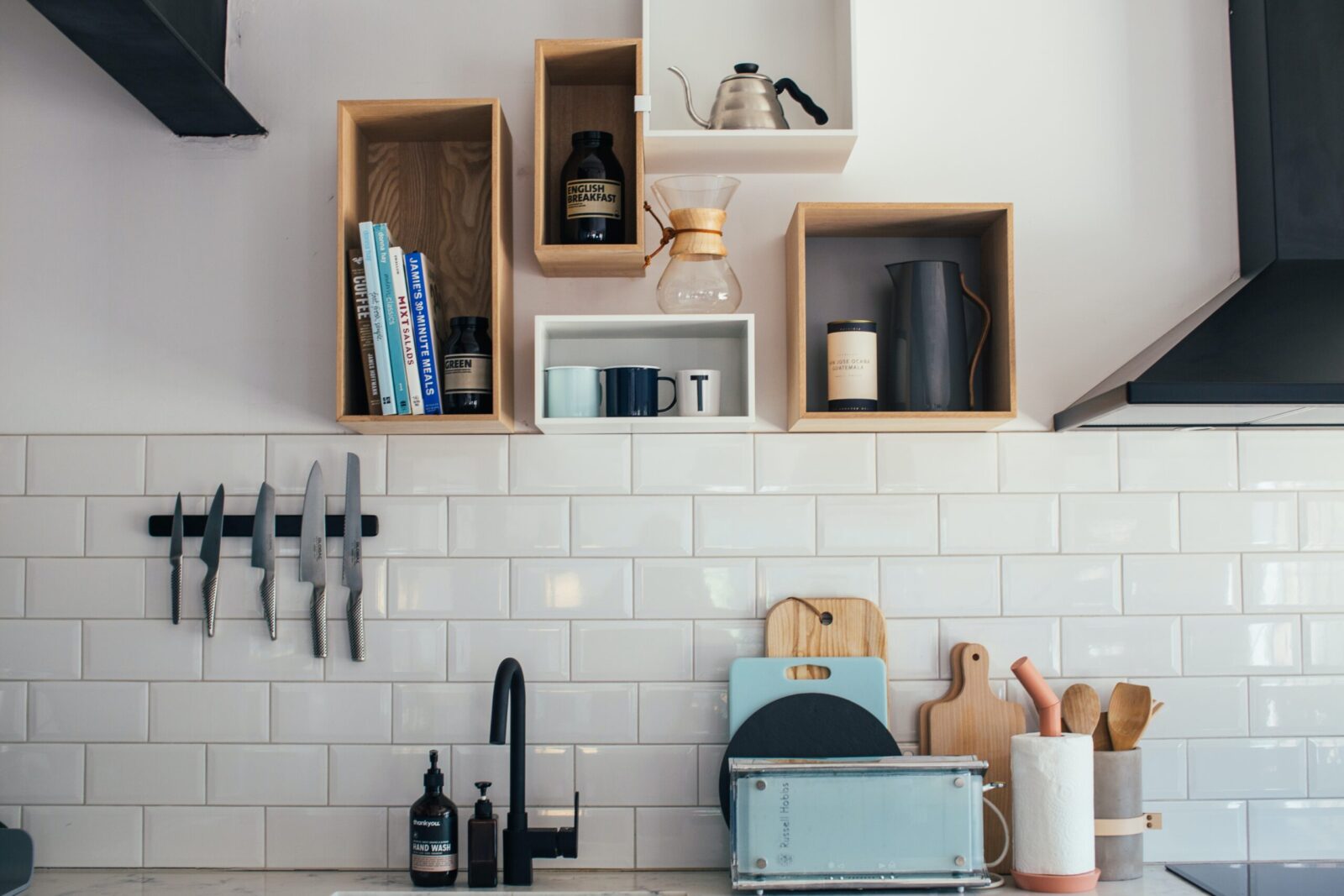
How to Repair Swollen Laminate Flooring Without Replacing?
How to Repair Swollen Laminate Flooring Without Replacing
Laminate flooring is a popular choice for many homeowners due to its affordability, durability, and easy installation. However, it is not uncommon for laminate flooring to become swollen or warped, especially in areas with high moisture levels such as kitchens or bathrooms. If your laminate flooring has swollen, there are several steps you can take to repair it without the need for a costly replacement.
1. Identify the cause
The first step in repairing swollen laminate flooring is to identify the underlying cause. Swelling usually occurs due to water or excessive moisture seeping into the flooring. Common causes include leaks, spills, or high humidity levels. Once you have determined the cause, take appropriate measures to prevent further damage.
2. Dry the affected area
Before attempting any repairs, it is crucial to dry the affected area completely. Use a fan or dehumidifier to remove excess moisture. For waterlogged areas, you may need to remove the laminate flooring and allow it to dry separately.
3. Remove damaged planks or tiles
If the swelling is severe, you may need to remove the damaged planks or tiles. Begin by carefully prying them loose using a putty knife or chisel. Be cautious not to damage the surrounding flooring during this process.
4. Replace damaged underlayment
In some cases, the underlayment beneath the swollen laminate flooring may also be damaged or saturated with moisture. Inspect the underlayment and replace any sections that show signs of damage or excessive moisture. This will help to prevent further swelling.
5. Reinstall the laminate flooring
Once the underlayment is repaired or replaced, it’s time to reinstall the laminate flooring. Fit the new planks or tiles into place, ensuring they are properly aligned with the existing flooring. Use a tapping block and rubber mallet to gently tap the pieces into position.
6. Seal the repaired area
After the laminate flooring is reinstalled, it is advisable to seal the repaired area to provide additional protection against moisture. You can use a laminate floor sealant or a clear polyurethane coating to seal the edges and prevent water from penetrating the joints.
7. Maintain proper humidity levels
To prevent future swelling, it is important to maintain proper humidity levels in your home. Use a dehumidifier in areas prone to excessive moisture, such as bathrooms or basements. Additionally, promptly address any leaks or spills to minimize the risk of damage to your laminate flooring.
By following these steps, you can effectively repair swollen laminate flooring without the need for a costly replacement. Remember to address the cause of swelling, thoroughly dry the affected area, replace damaged components, and seal the repaired area. With proper maintenance and care, your laminate flooring will remain beautiful and durable for years to come.



